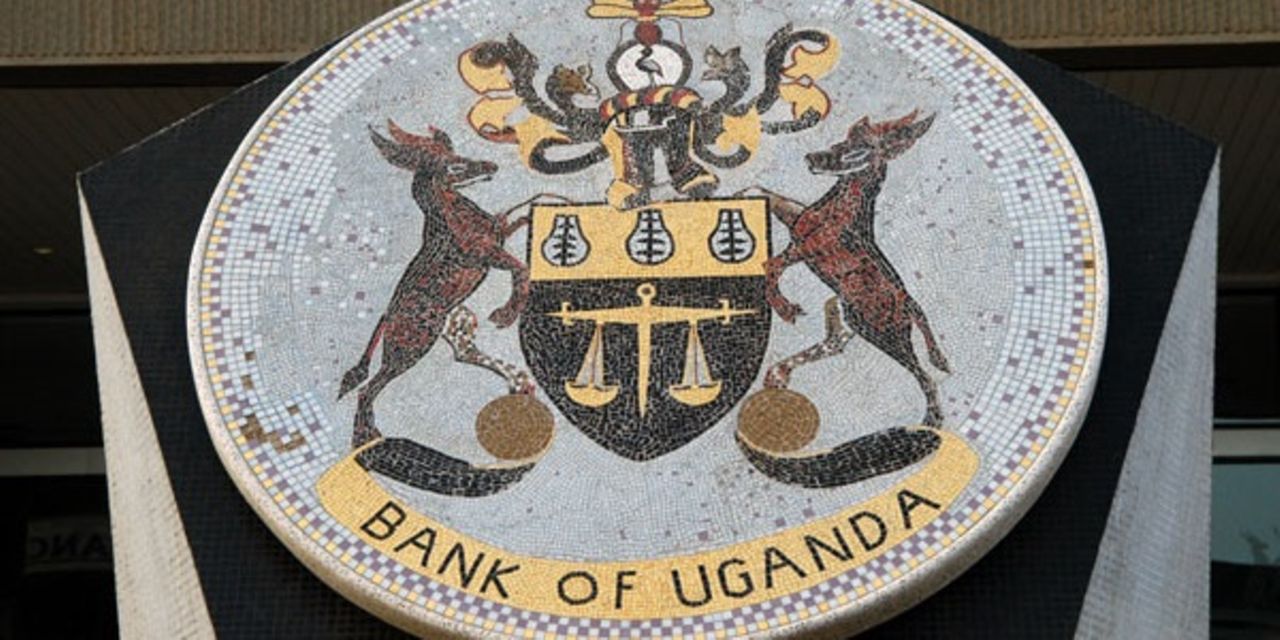CBR will increase until when inflation is contained - BoU

Movements in the Central Bank Rate directly affect the cost of borrowing. Photo | file
What you need to know:
The Bank of Uganda Monetary Policy Committee on Thursday increased the Central Bank Rate to 10 percent
Bank of Uganda has said it will continue to increase the Central Bank Rate (CBR) and other measures until when inflation is contained.
Speaking at the presentation of the Monetary Policy Statement in Kampala on Thursday, Bank of Uganda Deputy Governor Michael Atingi-Ego, said the Central Bank was determined to use necessary measures to restore inflation to the targeted 5 percent.
“BoU remains determined to rein in on inflation and will continue to undertake necessary measures to restore inflation to the target of 5 percent in the medium term,” he said.
Dr Atingi-Ego also noted that the Monetary Policy Committee had taken a decision to increase the CBR to 10 percent, warning that the outlook for inflation remains highly uncertain as several risks lie ahead with the balance of risks is still tilted upwards.
The move indicates that the Central Bank continues to walk a tight monetary policy stance as it seeks to bring price stability in the economy.
Prices of almost all commodities and services have gone up.
Movements in the CBR impact the cost of borrowing, while it also makes banks to cautious on who it lends to.
Yesterday, Bank of Uganda also said that a combination of global factors, the recent drought and weaker shilling against the dollar had driven inflation to the highest level and deteriorated the inflation outlook.
During the period ended September 30, inflation rose to 10 percent from 9 percent with the Central Bank indicating that in the coming months, inflation is projected to continue rising, peaking in 2023, before falling back to around 5 percent in 2024.
Dr Atingi-Ego said the upward inflation risk was being driven by entrenchment of higher inflation expectation, escalation of geopolitical tensions and associated supply chain disruptions as well as stronger monetary policy tightening by major central banks, which has further weakened exchange rates.
However, he noted, there were some downside risks to inflation outlook, among which included the possibility of a global recession resulting from the fight against inflation, faster decline in commodity prices and lower domestic demand due to declining real incomes.
Dr Atingi-Ego also noted that the recent increases in the CBR coupled with fiscal tightening had somewhat impacted the market, noting that the shilling exchange rate had somehow stabilised while growth in private sector credit and monetary aggregates had remained moderated, which signals the eventual impact on aggregated demand.
The Central Bank also noted that the domestic economy, which has weathered several shocks in the last two years, was beginning to shows signs of recovery with economic fundamentals returning positive postings.
For instance, Dr Atingi-Ego said, the composite index of economic activity had during the period under review grown slightly by 1.2 percent in the quarter to August from 1.1 percent in the quarter to May 2022, supported by an increase in industrial activity.
However, he said, economic growth is expected to remain below long-run trend until the 2025/26 financial year, noting that the risk of global recession and tighter financial conditions will likely weigh on domestic economic growth with the potential of a sustained weakening of the shilling coupled with lower foreign exchange reserves and constrained demand for exports adding to the external financing strains.
[email protected]




